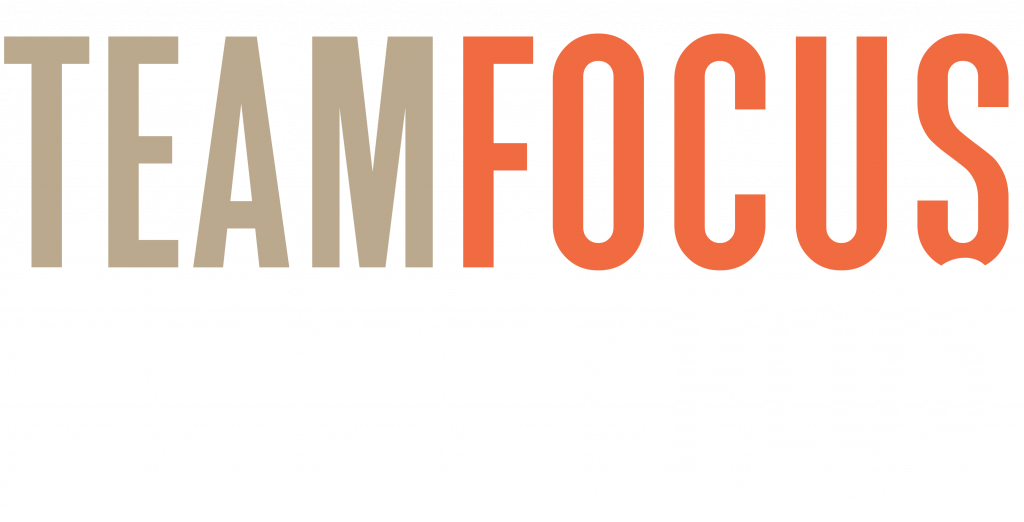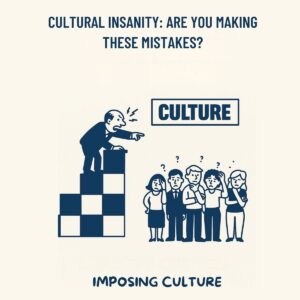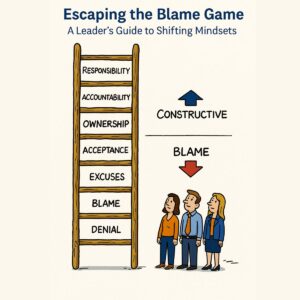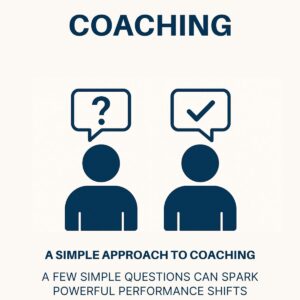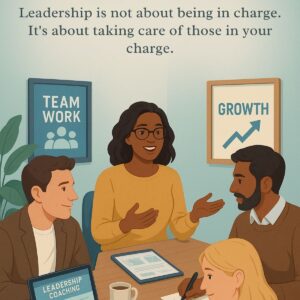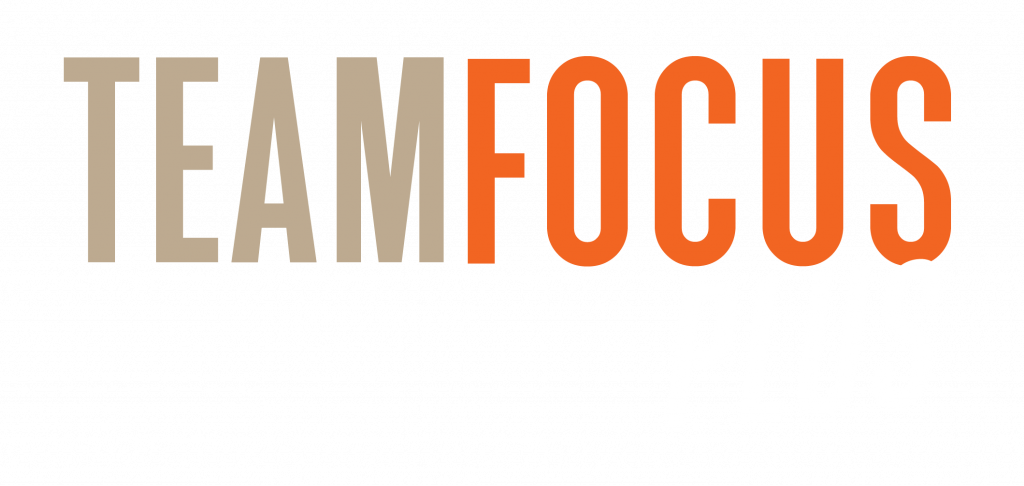The best way to understand culture is to think about what would happen if a new employee started working at your store or outlet. If the people around them are attentive to customers, support each other, share information, and work hard, then they will do the same.
Culture is the driving force of the attitudes and behaviours in your business and subsequently the customer experience. You can try putting systems in place that will drive the behaviour you want, or getting managers to spend more time on the shop floor correcting inappropriate behaviour, but it won’t work if it’s not supported by the culture. How many times have people found a way around systems or ignored their manager?
Business challenges
In order to understand their true competitive landscape businesses need to think beyond their traditional retail environment. The competition coming from online sales is obvious, but what is less clear, and possibly having a greater impact, is the competition coming from other “experiences.”
Eventbrite’s US research of millennials reveals that generation values experiences and are increasingly spending time and money on them: from concerts and social events; to athletic pursuits; to cultural experiences and other events. In fact, 78 per cent would choose to spend money on a desirable experience or event over buying something desirable.
The customer experience
How does retail compete? By creating a fantastic customer experience. Purchasing a desired product can be a lot of fun and can compete with other types of experiences. People enjoy the social setting, browsing, researching, trying things on or exploring their options, and ultimately selecting a desired product. In fact that whole process can be intoxicating if it’s supported by a great customer experience. The challenge for retailers is to create the right experience and that starts with creating a great culture.
Align with purpose
Start by aligning your people with the purpose of the business. Engage in discussions about why you exist, how you add value to your customers, and how you benefit society. This conversation needs to go beyond a “sales” mentality. If the only reason for your existence is to make sales, and make a profit, you will struggle to create a great culture. There needs to be a more compelling reason for what you do. Is it simplicity, lifestyle, image, social responsibility?
The best way to do this is to engage people in the conversation. Let them tell you why you exist and how you benefit society. The more they answer the question for themselves the greater their commitment to the purpose of the business.
Once people are aligned with the purpose of the business ask them what culture you need to deliver that purpose. Try to define your desired culture in one word. This makes it easier to discuss and when it comes to culture the discussion is far more important than the definition.
Once you’ve defined the desired culture keep having conversations with people about how you can bring it to life. Ask questions like “what attitudes and behaviours should we expect from each other to deliver our purpose?” This is the best way to build a culture that will drive the needed attitudes and behaviours. In the process, you are creating a great employee experience, which in turn will deliver a great customer experience.
A strong employee experience can have significant business benefits. So start creating a great customer experience by engaging your people in conversations about why you exist and the culture you need to deliver that purpose. It will make all the difference.
Ross Judd, Founder, of Team Focus International and author of “Cultural Insanity”
